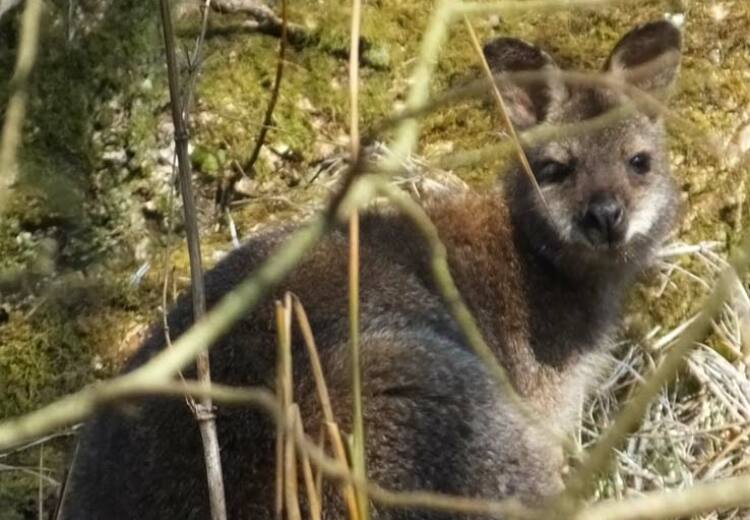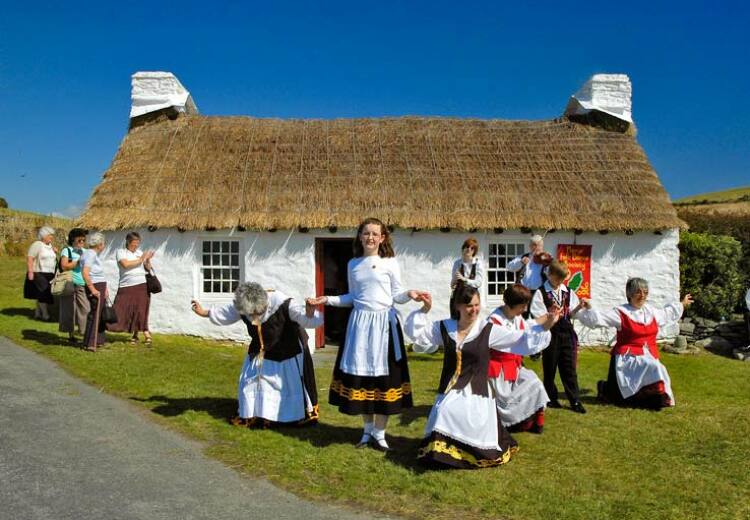RESIDENTS in the north of the Isle of Man are currently being treated to the daily spectacular sight of more than 1,000 geese flying in formation across the evening skies.
Throughout August and September the evening skies have been filled with the sight and sound of huge numbers of Greylag Geese which spend most of their time at the gravel pits near the Point of Ayre.
The Manx Birdlife weekly report posted a record of 1,250 at The Ayres gravel pit the first week in September. They are easy enough to spot, but the real giveaway is the noise - a constant and typical goose call which signals their arrival.
There is no public access to the gravel pits at the Point of Ayre but it’s not necessary because the most spectacular sight of all is when they the geese are in flight. In the last week the geese have been spotted flying at relatively low levels backwards and forwards in the mornings and evenings across Bride and Andreas, settling in fields around the Jurby and Ballaugh Curraghs areas and the wide open space of heathland at The Ayres.
The next morning, around about the time of sunrise, the geese can be spotted again flying back to The Ayres to feed for the day. However, it also works the other way, with geese flying out towards the Ayres in the evening and then back to the Ballaugh Curraghs area early the next day.
The Greylag Goose is one of the largest in the goose family. They have a rotund, bulky body, a thick and long neck, and a large head and bill. Their legs and feet are pink and the bill also pink or orange, with a wing span of between 1.5 and 1.7 metres.
The plumage of the Greylag Goose is greyish-brown, with a darker head and paler belly with variable black spots. Its plumage is patterned by the pale fringes of its feathers. It has a white line bordering its upper flanks. Its coverts are lightly coloured, contrasting with its darker flight feathers. Juveniles differ mostly in their lack of a black-speckled belly
In Britain their numbers have declined as a breeding bird, retreating north to breed wild in the Outer Hebrides and the northern mainland of Scotland.
The Isle of Man breeding population in 1998-2002 was estimated at 55 pairs of feral birds (Manx Bird Atlas, 2007) whose numbers are most likely swelled by visiting birds from other British introduced populations. Birds from Icelandic breeding grounds arrive in Britain from the second half of October onwards and may occasionally spend time amongst the local feral population.
The geese are migratory, moving south or west in winter, but Scottish breeders, some other populations in northwestern Europe and feral flocks are largely resident. This species is one of the last to migrate, and the "lag" portion of its name is said to derive from this lagging behind other geese.
All photos by Bill Dale www.isleofmanphotos.com
www.manxbirdatlas.org.uk








